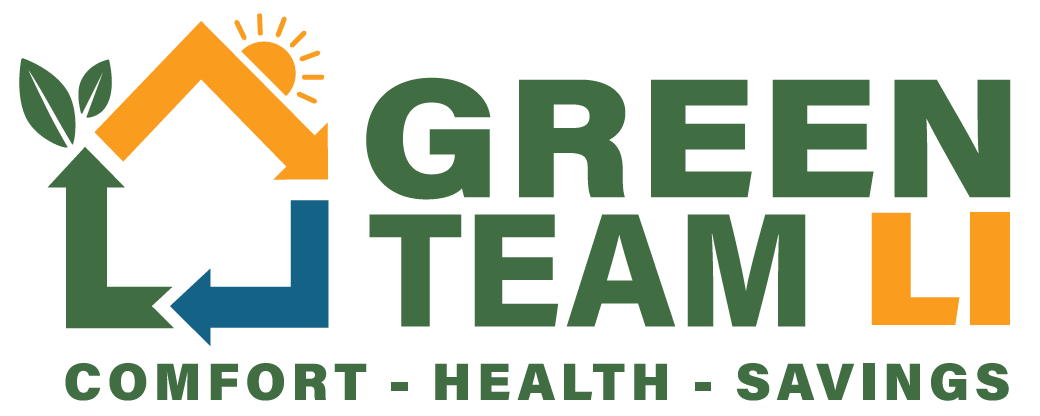The Inflation Reduction Act: Empowering Homeowners for Energy Efficiency
Welcome to our webpage dedicated to explaining the Inflation Reduction Act and its significant role in assisting homeowners in making their homes more energy-efficient. As we all strive for a greener and more sustainable future, this act stands as a pivotal tool in reducing energy consumption, saving costs, and contributing to a healthier environment.
Understanding the Inflation Reduction Act
The Inflation Reduction Act is a legislative initiative aimed at encouraging and supporting homeowners in upgrading their homes to be more energy-efficient. This act recognizes the importance of addressing energy consumption and its impact on both the environment and household budgets. By providing incentives, financial support, and resources, the act aims to facilitate the adoption of energy-efficient technologies and practices within residential properties.
How the Inflation Reduction Act Can Benefit Homeowners
1. Financial Incentives
One of the key features of the Inflation Reduction Act is its provision of financial incentives to homeowners who undertake energy-efficient upgrades. These incentives include tax credits, rebates, grants, or low-interest loans. By easing the financial burden associated with upgrading technologies, homeowners are more likely to invest in energy-efficient heating & cooling systems, insulation, solar panels, and other measures that reduce energy consumption.
2. Lower Energy Bills
Energy-efficient upgrades often lead to reduced energy consumption, resulting in lower energy bills. Homeowners can expect to see noticeable savings over time by implementing improvements like better insulation, energy-efficient lighting, smart thermostats, and more. These savings not only contribute to household finances but also encourage sustainable living.
3. Increased Property Value
Energy-efficient homes tend to have higher property values in the real estate market. The Inflation Reduction Act indirectly benefits homeowners by fostering an environment where energy-efficient features are more desirable, thereby increasing the market value of their properties. This is especially valuable for homeowners looking to sell in the future.
4. Environmental Impact
Reducing energy consumption is crucial for mitigating the impacts of climate change. By promoting energy-efficient upgrades, the Inflation Reduction Act plays a significant role in reducing greenhouse gas emissions, conserving natural resources, and preserving the environment for future generations.
How to Take Advantage of the Inflation Reduction Act
1. Assessment: Evaluate your home’s energy consumption and identify areas where improvements can be made. This could include insulation, HVAC systems, lighting, and more. The assessment is paid for by the homeowner’s utility, so there is no cost to the homeowner for this service.
2. Consultation: Seek guidance from energy efficiency professionals or local agencies to determine the most suitable upgrades for your home.
3. Apply for Incentives: Research and apply for the incentives provided by the act. This could involve submitting applications for tax credits, rebates, grants, or loans.
4. Implementation: Once you’ve received approval for incentives, have a licensed and program approved contractor perform the upgrades to your home.
The Inflation Reduction Act stands as a multidimensional effort with a core mission of managing inflation and fostering economic stability. Simultaneously, its commitment to promoting energy efficiency empowers homeowners to make environmentally conscious choices while reaping financial benefits. By providing tax incentives, low-interest loans, grants, and educational resources, the act transforms the way we approach home improvements, ensuring a greener and more prosperous future for all.













